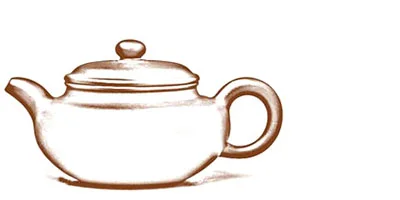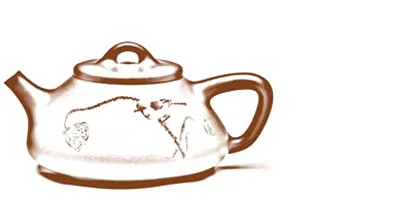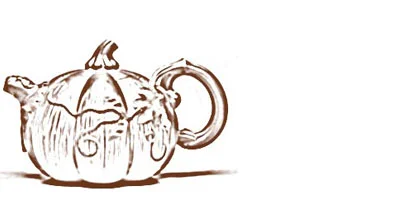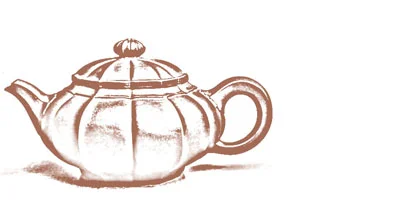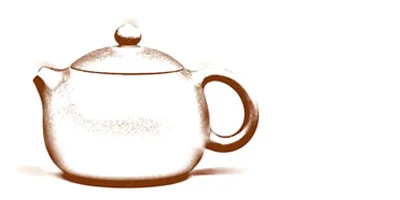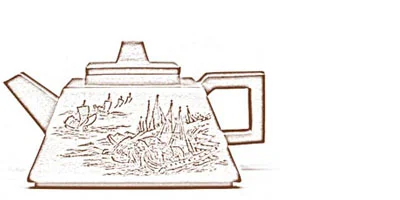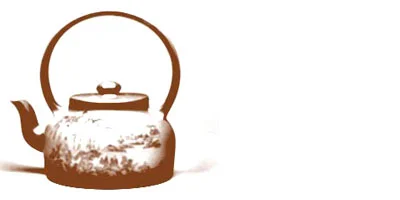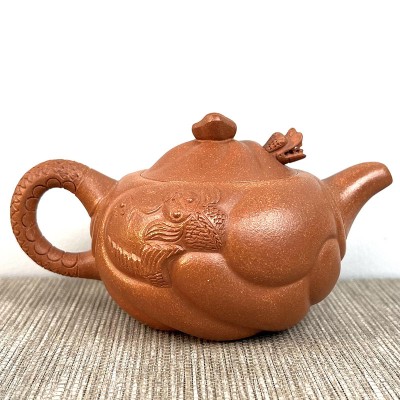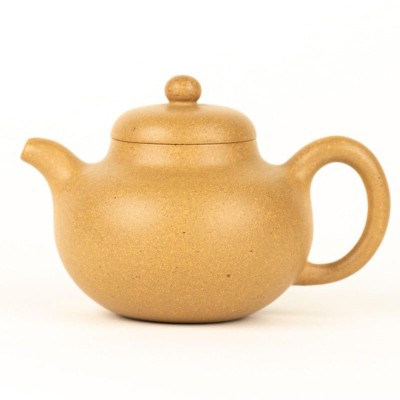"Yuhualong" is a classic yixing teapot shape, meaning "fish leaping over the dragon gate". The small fish-turned-dragon teapot knob made by Tang Shuzhi in the Republic of China is in the shape of rolling clouds, and the pot body is shallowly sculpted with waves. The dragon head protrudes from the waves, and the dragon tail curls into the handle, with clear scales carved on the handle. In the Qing Dynasty, Shao Daxiang's fish-turned-dragon was sculpted in layers of waves, with a strong three-dimensional sense, and the dragon head was short and thick, hidden in the lid without showing its claws. The knob was in the shape of stacked waves. Placing this teapot in the office or at home symbolizes good luck in all things, promotion in work, or academic advancement for students.
- HOME
-
YIXING TEAPOT
add remove
-
FILTER
add remove
Zisha Clay
add removeCapacity (ml)
add remove - ABOUT add remove

